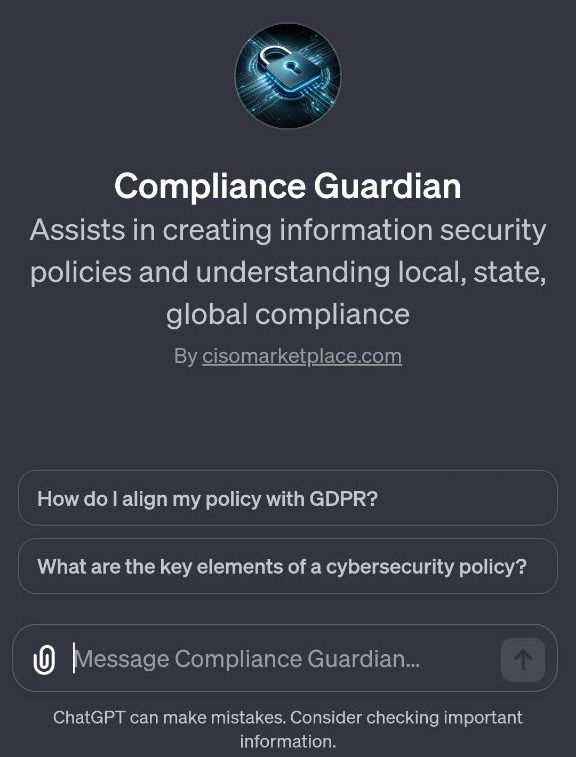Information Security Program Strategy for Multi-Network Healthcare Organizations


1. Understanding the Organizational Structure
For a healthcare organization operating like a private equity firm owning multiple healthcare networks (e.g., similar to Houston Methodist, HCA, or UHS), the organizational structure typically includes:
- A central corporate entity
- Multiple healthcare networks or facilities operating as separate entities
- Shared services (potentially including IT and security)
- Diverse geographical locations with varying local regulations
This structure presents both challenges and opportunities for implementing a comprehensive Information Security Program (ISP).

2. Key Challenges
- Diverse Regulatory Landscape: Different states may have additional healthcare data protection laws beyond HIPAA.
- Varying Maturity Levels: Individual networks may have different levels of security maturity.
- Decentralized Operations: Each network may have its own processes and technologies.
- Cultural Differences: Different organizational cultures within each network.
- Legacy Systems: Older systems that may be difficult to secure or replace.
- Mergers and Acquisitions: Frequent changes in the organization's composition.

3. Strategic Approach
3.1 Establish a Centralized Governance Structure
- Create a central Information Security Office at the corporate level.
- Appoint a Chief Information Security Officer (CISO) for the entire organization.
- Establish a Security Steering Committee with representatives from each network.
- Implement a federated security model with local security leaders in each network.
3.2 Develop a Baseline ISP Framework
- Create a core set of security policies, standards, and procedures that apply across all networks.
- Allow for network-specific addendums to address unique local requirements.
- Ensure the baseline meets the most stringent regulatory requirements (e.g., HIPAA, HITECH, state-specific laws).
- Include frameworks like NIST Cybersecurity Framework and HITRUST CSF in the baseline.

3.3 Conduct a Comprehensive Risk Assessment
- Perform an organization-wide risk assessment to identify common and unique risks.
- Assess each network's current security posture and maturity level.
- Identify gaps between the current state and the desired baseline across all networks.
- Prioritize risks and gaps based on potential impact and likelihood.
3.4 Implement a Phased Approach
- Start with critical, high-risk areas that are common across all networks.
- Develop a roadmap for each network to achieve the baseline security posture.
- Allow flexibility in timelines based on each network's current maturity and resources.
- Focus on quick wins to build momentum and demonstrate value.

3.5 Standardize Key Security Processes
- Incident Response: Develop a coordinated incident response plan with clear escalation procedures.
- Vulnerability Management: Implement a standard process for identifying and addressing vulnerabilities across all networks.
- Access Management: Standardize access control policies and implement identity and access management (IAM) solutions.
- Security Awareness Training: Develop a common training program that can be customized for local needs.
3.6 Leverage Shared Services
- Implement centralized security operations center (SOC) services.
- Deploy common security tools and technologies across networks where possible (e.g., SIEM, endpoint protection, network monitoring).
- Establish a central team for threat intelligence and vulnerability management.
- Create a shared pool of security experts that can support all networks.
3.7 Address Compliance Requirements
- Develop a comprehensive compliance management program that covers all applicable regulations.
- Implement automated compliance monitoring and reporting tools.
- Conduct regular internal audits across all networks.
- Establish a process for quickly adapting to new regulatory requirements.

3.8 Manage Third-Party Risk
- Implement a centralized vendor risk management program.
- Standardize security requirements for all vendors across the organization.
- Conduct regular assessments of critical vendors.
- Establish a process for securely integrating new acquisitions into the security program.
3.9 Foster a Culture of Security
- Develop a security champions program across all networks.
- Implement a rewards and recognition program for security initiatives.
- Regular communication from leadership emphasizing the importance of security.
- Tailor security awareness campaigns to resonate with local culture in each network.

3.10 Continuous Improvement and Adaptation
- Establish key performance indicators (KPIs) to measure the effectiveness of the ISP.
- Conduct regular reviews and updates of the ISP.
- Implement a lessons learned process following security incidents.
- Stay informed about emerging threats and evolving best practices in healthcare security.
4. Implementation Considerations
- Resource Allocation: Balance centralized and local resources. Provide additional support to networks with lower security maturity.
- Technology Integration: Where possible, implement technologies that can integrate across networks while allowing for local customization.
- Communication Strategy: Develop a clear communication plan to keep all networks informed about security initiatives and changes.
- Knowledge Sharing: Establish platforms for sharing best practices and lessons learned across networks.
- Merger and Acquisition Strategy: Develop a standard process for assessing and integrating the security posture of newly acquired networks.
- Metrics and Reporting: Implement consistent security metrics across all networks, with regular reporting to both local and corporate leadership.
- Disaster Recovery and Business Continuity: Develop coordinated plans that leverage the distributed nature of the organization for improved resilience.
5. Challenges and Mitigation Strategies
- Resistance to Change:
- Mitigation: Involve local leadership in decision-making, emphasize benefits, and provide ample support during transitions.
- Resource Constraints:
- Mitigation: Prioritize initiatives based on risk, leverage shared resources, and consider managed security service providers (MSSPs) for specific functions.
- Technical Debt:
- Mitigation: Develop a long-term plan for system modernization, prioritizing critical systems and those handling sensitive data.
- Compliance Complexity:
- Mitigation: Implement a GRC (Governance, Risk, and Compliance) tool to manage compliance across the organization.
- Skill Gaps:
- Mitigation: Invest in training programs, leverage shared expertise across the organization, and consider partnerships with academic institutions for talent development.
By adopting this strategic approach, a healthcare organization with multiple networks can develop a robust, flexible, and compliant Information Security Program that addresses both corporate-level concerns and network-specific needs.

Here are some key points to consider when implementing this strategy:
- Balancing Standardization and Flexibility: The core challenge is to create a standardized approach that also allows for the flexibility needed by individual networks. The baseline ISP framework with network-specific addendums addresses this.
- Leveraging Scale: While managing multiple networks is complex, it also provides opportunities to leverage scale. Shared services, centralized expertise, and common tools can improve overall security while potentially reducing costs.
- Compliance Management: Given the complex regulatory landscape, a robust compliance management program is crucial. Automated tools and a central team to interpret and disseminate regulatory changes can help manage this complexity.
- Cultural Considerations: Each network may have its own culture, which needs to be respected while still fostering a common security culture across the organization. The security champions program and tailored awareness campaigns can help with this.
- Technology Integration: While full standardization may not be possible or desirable, implementing technologies that can integrate and share data across networks is crucial for effective security management.
- Continuous Improvement: The strategy emphasizes the need for ongoing assessment and improvement. This is particularly important in a dynamic healthcare environment with frequent mergers and acquisitions.
- Resource Allocation: Careful consideration needs to be given to how resources are allocated across networks, particularly supporting those with lower security maturity.
When implementing this strategy, it's important to:
- Involve stakeholders from all levels and networks in the planning and implementation process.
- Start with a thorough assessment of the current state across all networks to inform prioritization.
- Be prepared to make adjustments based on feedback and changing circumstances.
- Ensure strong support from top leadership across the organization.







